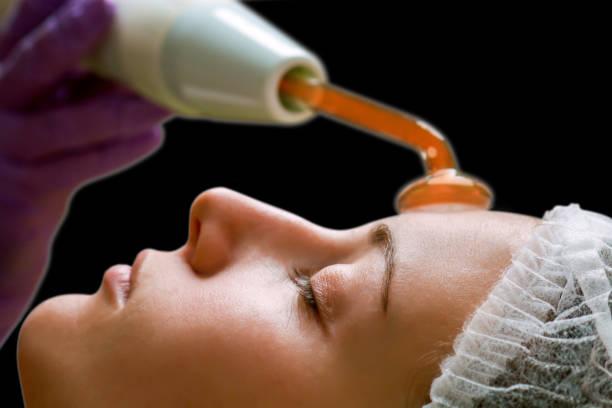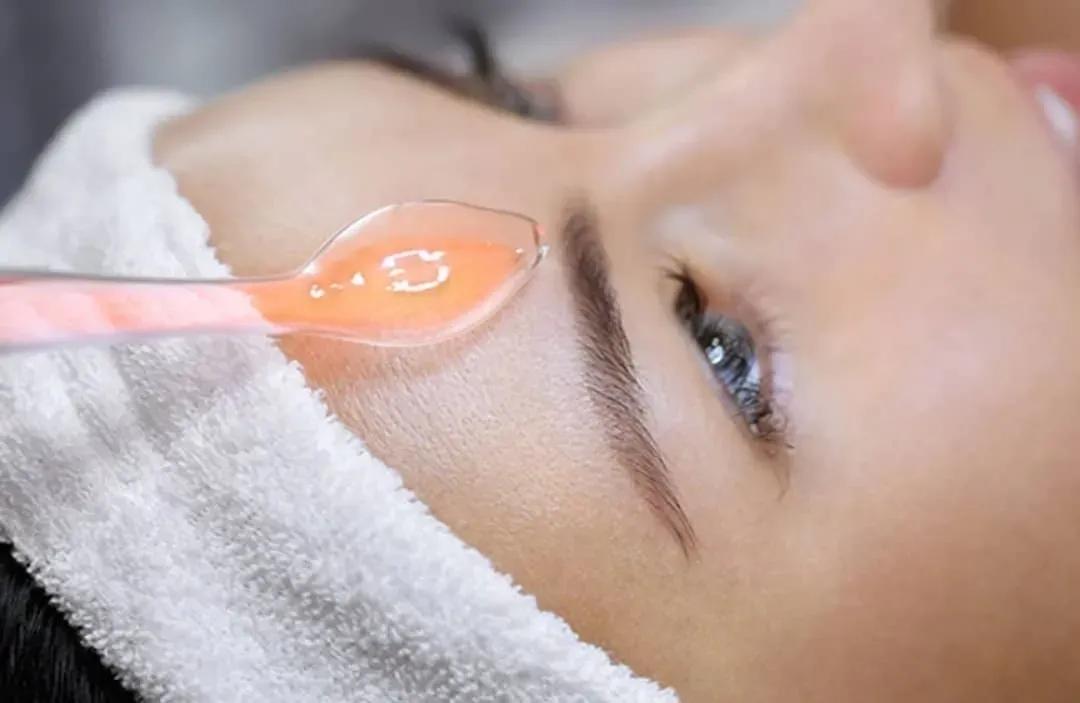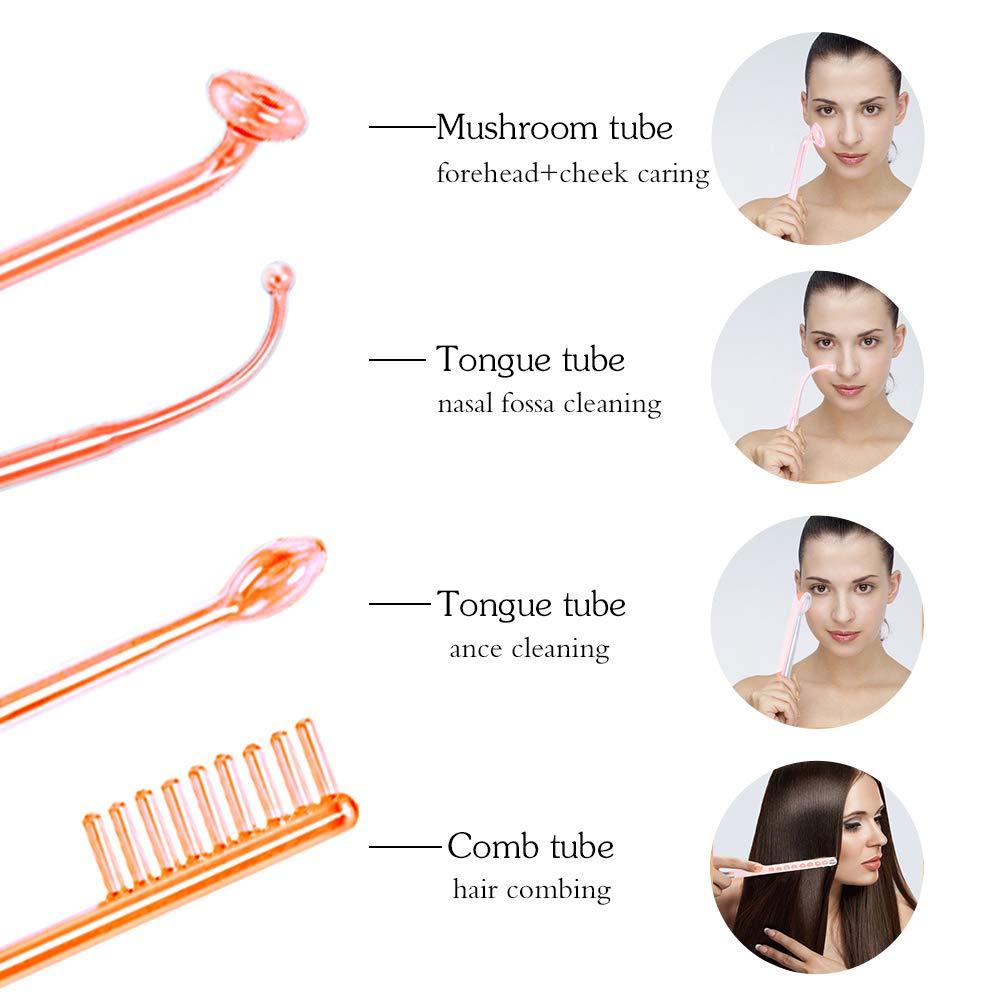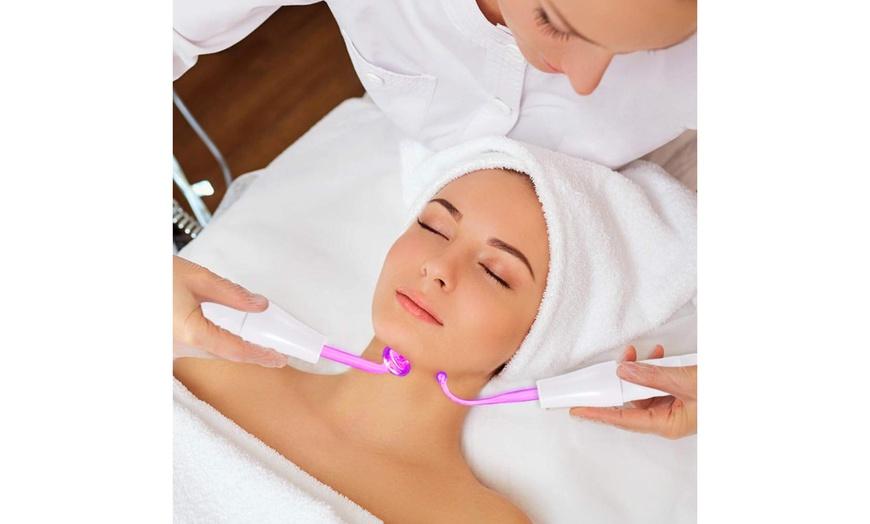
3 minute read
BlueLightTherapyAftercare
After a blue light therapy treatment to reduce acne, it is important to follow some aftercare steps to ensure that the skin heals properly and the treatment is effective. Here are some tips:
Avoid sun exposure: Blue light therapy can make the skin more sensitive to the sun, so it is important to avoid sun exposure for at least 24 hours after the treatment. If you need to go outside, wear broad-spectrum sunscreen with an SPF of 30 or higher.
Advertisement
Avoid harsh skincare products: For the next few days, avoid using harsh skincare products such as exfoliants, retinoids, or acne treatments. Stick to gentle cleansers and moisturizers.
Keep the skin hydrated: Blue light therapy can cause some dryness and flakiness, so it is important to keep the skin hydrated with a gentle, non-comedogenic moisturizer.
Don't pick or scratch the skin: Avoid picking or scratching at any scabs or blisters that may appear after the treatment. This can cause scarring and delay the healing process.
Follow your skincare professional's instructions: Your skincare professional may provide specific aftercare instructions based on your skin type and the severity of your acne. Follow their instructions carefully for the best results.
Schedule follow-up treatments: Blue light therapy is often done in a series of treatments for maximum effectiveness. Be sure to schedule follow-up treatments as recommended by your skincare professional.
A high-frequency facial has several benefits for acne-prone skin, including:
Anti-bacterial properties: High-frequency facials use a low-level electrical current to produce oxygen molecules that kill bacteria on the skin. This makes it an effective acne treatment, as bacteria is one of the main causes of acne breakouts.
Improved circulation: The high-frequency facial's electrical current helps improve blood flow and lymphatic drainage in the skin. This increased circulation can help to reduce inflammation and redness associated with acne.
Exfoliation: The electrical current also helps to gently exfoliate the skin, removing dead skin cells and unclogging pores. This can help to prevent new acne breakouts from forming.
Increased product penetration: High-frequency facials can help improve skin care product penetration, allowing them to treat acne effectively.
Reduced oil production: High-frequency facials can help reduce oil production in the skin, which can also help prevent acne breakouts.
A high-frequency facial can be an effective and non-invasive treatment option for acne-prone skin.
A high-frequency facial is a type of facial treatment that uses a low-level electrical current to stimulate, sanitize, and heal the skin. The electrical current is delivered through a glass electrode applied directly to the skin. The high-frequency current has thermal and electrical effects on the skin, which can help improve various skin conditions, including acne.
During a high-frequency facial, the esthetician will apply a conductive gel to the skin to help conduct the electrical current. They will then move the glass electrode over the skin in a circular or sweeping motion. The electrode emits a violet or orange light, depending on the type of electrode used.
The high-frequency current creates a warming effect on the skin, which can help to increase blood flow and oxygenation to the skin cells. This increased circulation can help to promote healing and reduce inflammation in the skin. The electrical current also has antimicrobial properties, which can help kill skin bacteria that can contribute to acne.
High frequency facials are typically done in a series of treatments
A high-frequency facial is a type of facial treatment that uses a low-level electrical current to stimulate, sanitize, and heal the skin. The electrical current is delivered through a glass electrode applied directly to the skin. The high-frequency current has thermal and electrical effects on the skin, which can help improve various skin conditions, including acne.
During a high-frequency facial, the esthetician will apply a conductive gel to the skin to help conduct the electrical current. They will then move the glass electrode over the skin in a circular or sweeping motion. The electrode emits a violet or orange light, depending on the type of electrode used.

The high-frequency current creates a warming effect on the skin, which can help to increase blood flow and oxygenation to the skin cells. This increased circulation can help to promote healing and reduce inflammation in the skin. The electrical current also has antimicrobial properties, which can help kill skin bacteria that can contribute to acne.
High-frequency facials are typically done in a series of treatments hi i l l Th b f i d ill
Here are the steps to perform a high-frequency facial for acne:
Cleanse the skin: Begin by cleansing the skin with a gentle, noncomedogenic cleanser to remove dirt, oil, and makeup. Use lukewarm water and a soft cloth or your fingers to massage the cleanser onto the skin gently, then rinse thoroughly and pat dry.
Apply a toner: Use a toner to help balance your skin's pH levels and remove any remaining impurities.
Choose an electrode: Select an electrode that is appropriate for acne-prone skin. The mushroom electrode is a good option, as it covers a larger surface area and can be used on the forehead, cheeks, and chin.

Apply a conductive gel: Apply a small amount to the electrode to help it glide smoothly over the skin.

Turn on the device: Turn on the high-frequency device and adjust the intensity level to a comfortable setting.
Begin the treatment: Starting at the forehead, gently glide the electrode over the skin in small circular motions. Move the electrode down to the cheeks and chin in the same circular motions. Avoid the eye area and any open wounds or active breakouts.
Focus on problem areas: For areas with more severe acne, hold the electrode over the spot for a few seconds before moving on to







